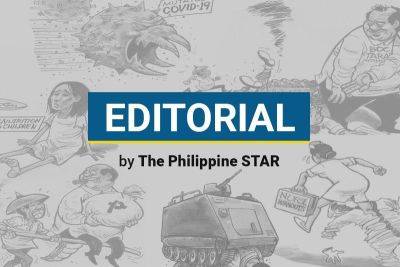Recto: PH still on track to hit income status goal
THE country can still achieve upper-middle-income status (UMIC) next year or in 2026 given continued gains, a Cabinet official said on Wednesday.
«Am confident we can attain UMIC by the end of next year,» Finance Secretary Ralph Recto told The Manila Times.
«If not 2025 then 2026. But if I recall the data, we should be UMIC next year,» he said, adding that «a nominal growth of 10 percent should take us there.»
Nominal gross domestic product growth, which is not adjusted for inflation, was reported at 8.8 percent as of March 2024, lower than the 9.28 percent recorded in December 2023.
The World Bank continues to classify the Philippines as a lower-middle-income country for fiscal year 2025 as it has yet to breach an updated threshold.
The country recorded a $4,230 gross national income (GNI) per capita in 2023, an improvement from $3,950 a year earlier but still within the $1,146-$4,515 range that was raised from $1,136 to $4,465 previously.
Upper-middle-income status also now requires a per capita GNI of $4,516-$14,005, up from the previous range of $4,466-$13,845.
AdvertisementSecurity Bank Corp. chief economist Robert Dan Roces said the Philippines must accelerate economic growth by attracting more foreign investments, developing a skilled workforce and enhancing exports.
«Bridging the income gap and ensuring political stability will be crucial for long-term success,» he said.
Roces also highlighted the importance of raising the nation's resilience to external shocks such as natural disasters and reducing its import dependence.
"[E]effective implementation and adaptability will be crucial to unlocking the Philippines' full economic potential on the road to UIC status," he continued.
AdvertisementIn Southeast Asia, Singapore and Brunei have the highest classification of high-income economies ($14,006 or more). Neighboring Malaysia, Thailand and Indonesia, meanwhile, are already in the upper-middle-income category.
Cambodia, Myanmar, Vietnam and Laos, along with the Philippines, continue to be classed as lower-middle income.
Countries reclassified by the World Bank as upper-middle-income status for the 2025 fiscal year were Algeria, Ukraine, Iran and Mongolia.
Last







